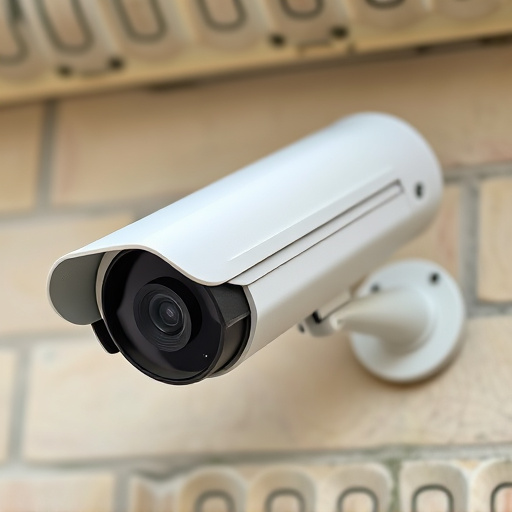Installing a battery-operated dummy security camera is an easy, effective way to boost home or business security as a deterrent even when disguised. When replacing housing, select one that's the right size, compatible, and features protective outdoor materials for seamless integration. Strategically place the camera where it's visible yet hidden for optimal effect, maintaining it regularly for ongoing protection.
Looking to enhance your home security with a Battery-Operated Dummy Camera? This guide is your comprehensive resource. We’ll walk you through the installation process, helping you understand the unique needs of these cameras. From selecting the perfect replacement housing that matches your existing system to best practices for optimal placement, we’ve got you covered. Discover tips to ensure your dummy camera acts as a genuine deterrent and learn how to make the most of this affordable security upgrade.
- Understanding Battery-Operated Dummy Camera Installation
- Choosing the Right Replacement Housing for Your Security System
- Tips and Best Practices for Effective Dummy Camera Placement
Understanding Battery-Operated Dummy Camera Installation
Installing a battery-operated dummy security camera is a straightforward process that offers several advantages for homeowners and businesses alike. This type of setup provides an effective deterrent to potential intruders, as active cameras are visible, even when they might be disguised or hidden. The battery operation ensures flexibility in placement, allowing for strategic positioning without the need for power outlets, making it ideal for areas like garages, backyards, or entryways.
The installation process begins with selecting a dummy camera that matches your desired style and size. These cameras are designed to look identical to real security cameras, often featuring realistic details like lenses and lights. Once chosen, the camera is placed in the desired location, and its battery is powered up. Many models come with remote controls or apps for easy operation, allowing you to monitor activity remotely and adjust settings as needed. Regularly testing the batteries and ensuring clear visibility will help maintain the camera’s effectiveness as a security measure.
Choosing the Right Replacement Housing for Your Security System
When replacing a security camera dummy housing, selecting the right one is paramount for maintaining the integrity of your home security system. Consider factors like size, compatibility, and features when choosing a replacement. Ensure the new housing matches the specifications of your existing setup, especially if you’re opting for a battery-operated dummy camera installation. This guarantees seamless integration and optimal performance.
The right housing should offer protection against the elements, deter potential intruders, and blend discreetly with your surroundings. Look for durable materials that withstand outdoor conditions while providing easy access for maintenance or battery replacement. With careful consideration, you can enhance the security of your property without compromising aesthetics.
Tips and Best Practices for Effective Dummy Camera Placement
When placing a battery-operated dummy camera, location is key for optimal security. Position it in a visible yet strategic spot, mimicking the look of a real camera to deter potential intruders. Avoid plain sight by mounting it slightly elevated or behind obstacles like plants or signs, creating an element of surprise.
Regular maintenance is crucial for effective surveillance. Check the camera’s power source – whether battery-powered or wired – and ensure they are easily accessible for replacement or charging. Keep the housing clean to maintain a natural appearance and prevent any obstructions that could hinder its field of view.
Upgrading your security system with a battery-operated dummy camera installation is an effective, affordable way to enhance home protection. When selecting a replacement housing, consider factors like weather resistance, size compatibility, and aesthetic design to ensure seamless integration into your property’s landscape. Following best practices for placement – such as strategic positioning and regular maintenance – will help maximize the effectiveness of these discreet security measures.
